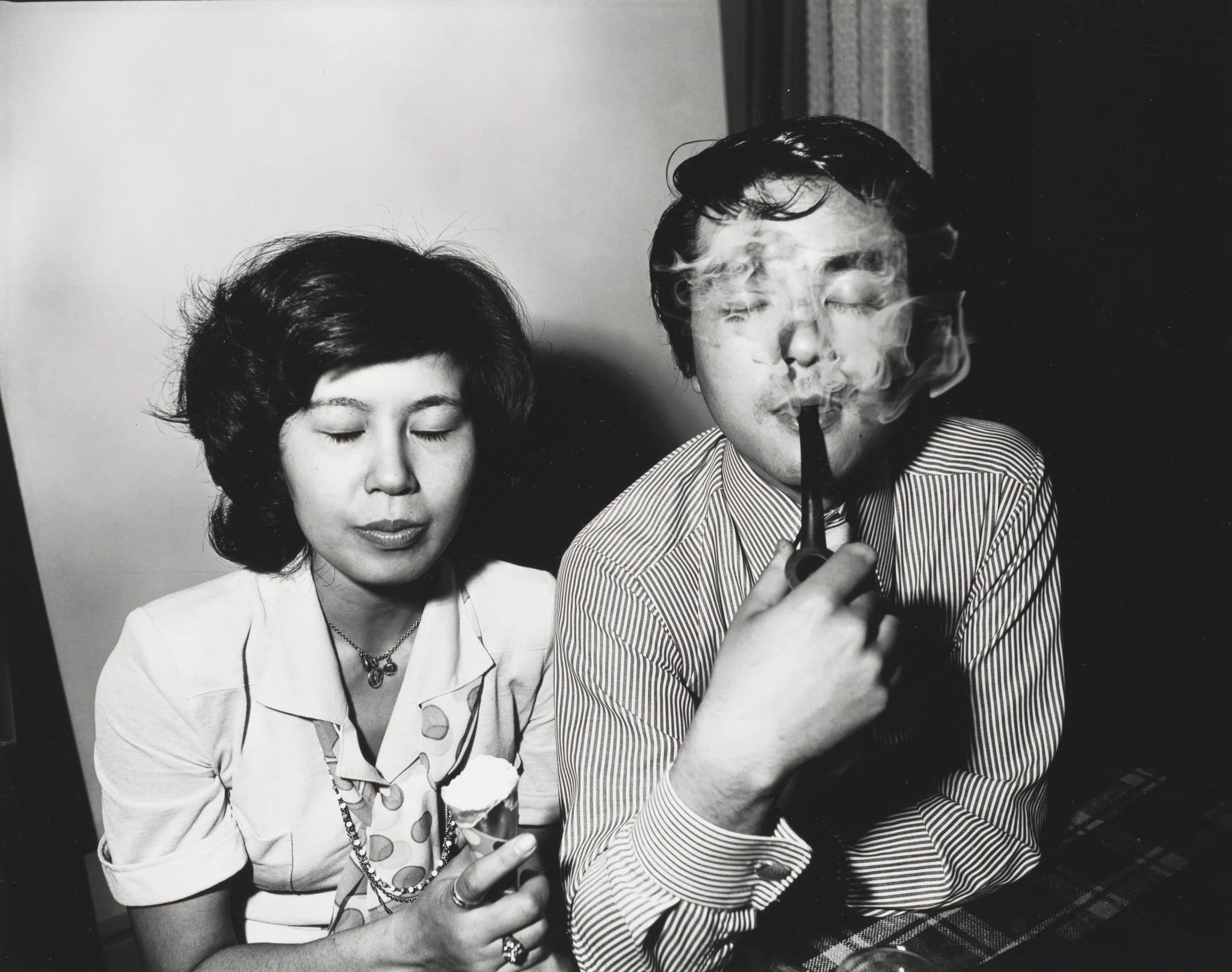Exhibition Review: Sigmar Polke: Photographs (1964 - 1990)
SIGMAR POLKE (1941-2010) Rummelplatz/Fairground, 1982
unique gelatin silver print
© The Estate of Sigmar Polke / VG Bild-Kunst, Bonn 2022
Written by Angelica Cantù
Edited by Jana Massoud
The social and the aesthetic transformations of the postwar world build the foundation from which the German artist Sigmar Polke developed new meanings and creative processes. This is done through the constant use of manipulation, dissolutions of boundaries, and experimentations with a wide range of styles, subjects, and materials both in photography and painting.
The photographs taken from the 1960s until the 1990s allow us to see his reinterpretation of the photographic medium over time, evolving it from a documentary tool to an increasingly intimate, expressive, and experimental formula. In the first pictures of the 1960s, we witness Sigmar Polke looking at the objects of daily life and interiors with the curiosity of the Baudelarian “enfant”, transforming the unsurprising aspects of objects into new, simple, witty, and brilliant shapes.
SIGMAR POLKE (1941-2010) from ‘…Übermalung eines Bildes-Winterlandschaft’, 1989
10 unique gelatin silver prints on baryta paper, solarized
© The Estate of Sigmar Polke / VG Bild-Kunst, Bonn 2022
Sometimes he did so with a satirical approach, as in the case of the two photographs from the series “Higher Beings Ordain”, in which Polke manipulated common household objects into the shape of a palm tree, mocking the postwar German middle-class taste for these exotic house plants by integrating himself into the Capitalist Realism thought. The openness of the artistic language and the attention to the banality of life becoming an artistic event itself are what characterized this first part of his work. This nucleus reiterates the iconic statement of Maciunas - one of the founders of the Fluxus movement , that strongly influenced Polke’s work - “Everything is art and everyone can make it”.
SIGMAR POLKE (1941-2010) from ‘…Higher Beings Ordain’, 1966-1968
14 offset litographs, published 1968
© The Estate of Sigmar Polke / VG Bild-Kunst, Bonn 2022
The eye of Polke turned especially towards the outside from the early 1970s, a period that he devoted to travel. Paris, Berlin, Afghanistan, USA, and other foreign countries are seen from the perspective of an erratic wanderer that emerges from the strong and poetic dynamism of the photographs that he later manipulates through multiple exposures, crossfades, and other effects from the darkroom, transforming them into personal artworks. The dissolution of boundaries that distinguish his whole magnificent production becomes even more evident in the works he made in the 1980s and 1990s, where photography was finally used as a mere primary product for an abstract and wider project.
SIGMAR POLKE (1941-2010) Untitled, 1982
egg-white glazing paint on gelatin silver print
© The Estate of Sigmar Polke / VG Bild-Kunst, Bonn 2022
Ringing in the year 2022, Kicken Berlin will be showing a selection of photographic works by Sigmar Polke in its Kaiserdamm, Berlin gallery in collaboration with Galerie Sies + Höke, Düsseldorf on the occasion of what would have been the artist’s eightieth birthday on February 13, 2021. Pieces from multiple groups of works represent the years from the 1960s to the 1990s. The exhibition is currently on display until March 4.
Photo edited by Nikhita Samala











